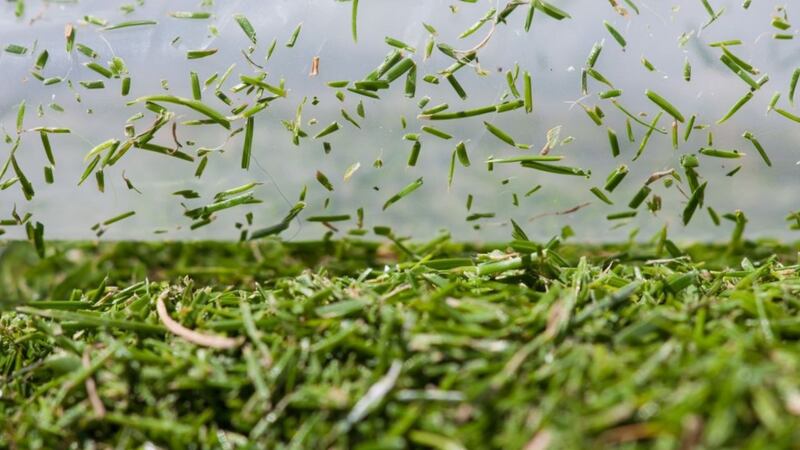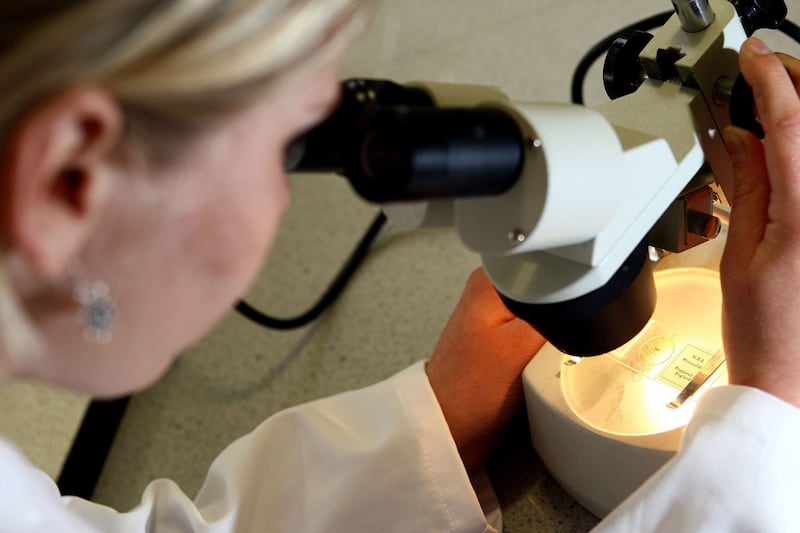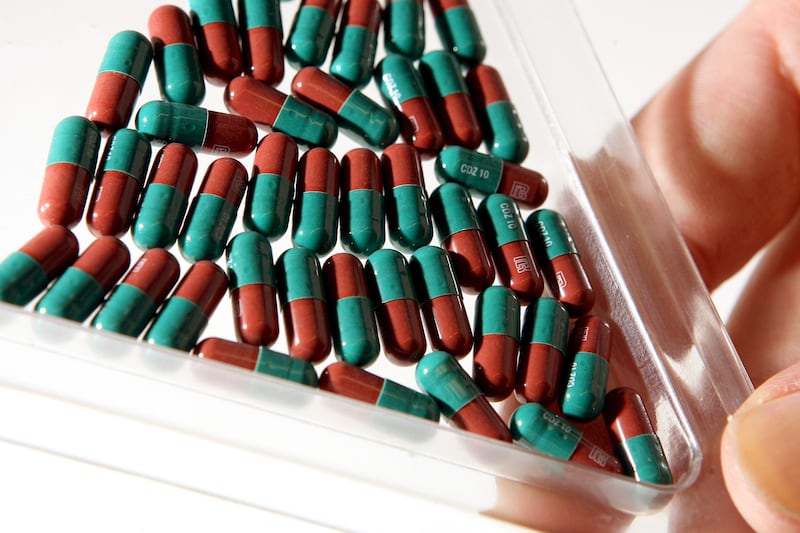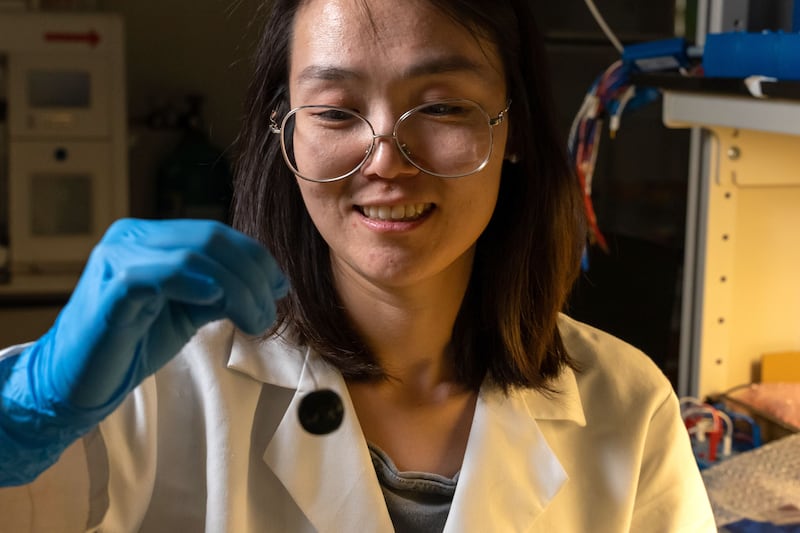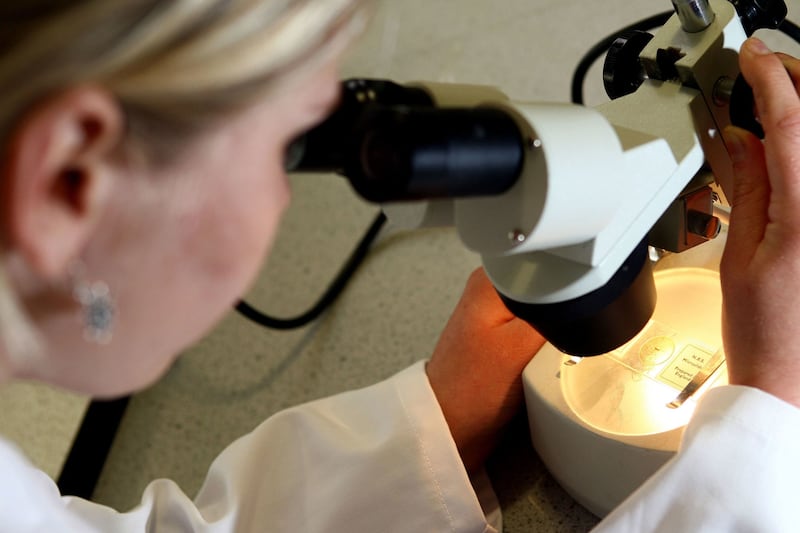A group of scientists in Belgium have found a way to make biofuel from grass which, they believe, could one day power planes.
Researchers at Ghent University have developed a method to manufacture decane – a hydrocarbon solvent commonly used in fossil fuels such as petrol.
Dubbed grassoline, scientists hope it can be used to create aviation fuel.
“Until now, grass has mainly served as feed for animals,” said Way Cern Khor, a researcher at Centre for Microbial Ecology and Technology (CMET). “We can get more out of grass: due to its vast abundance, it is an attractive source to produce organics such as aviation fuel.”

The process involves grass being treated with bacteria to increase biodegradability. The bacteria breaks it down to produce lactic acid.
Researchers say lactic acid on its own can serve as an “intermediate chemical” for other compounds such as biodegradable plastics.
But for their study, scientists used lactic acid to produce caproic acid which was further treated to create decane.
“This is very important,” researchers wrote. “While cars are turning electric, planes are not – and they will not do so in the coming two decades at least.”

Khor adds: “If we can keep working on optimising this process, particularly in cooperation with industrial partners, the efficiency will come up and feasibility will follow. And maybe in a few years we can all fly on grass.”
The concept of biofuels isn’t new. In fact, biofuels account for 2.85% of total road and non-road mobile machinery fuel in the UK.
While grass is a freely available resource, scientists note that scalability is an issue but they are, at the same time, optimistic about its fuel-making potential.
“Today the amount of biofuel that can be made from grass in the laboratory is limited to a few drops,” researchers wrote. “The results indicate that the overall conversion can be highly efficient, though.”
